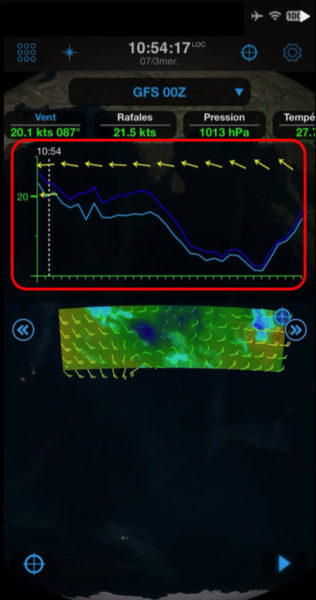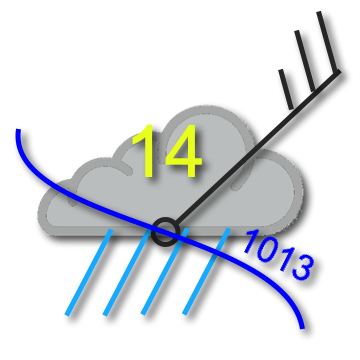Episode 2 – Illustrations
Forecasts IFREMER (see Episode 1) available in Weather4D are of two kinds :
-
- Current forecasts from the MARS2D model
- Sea state forecasts (combined currents and waves) based on WW3 model
These files concern areas of the Channel and Atlantic whose coverage and resolutions are significantly different. Read more …



 Latest releases Lite, Routing, Routing & Navigation arrive with a full renewed list of weather and ocean models in order to allow users to benefit from the evolution of the offer of international forecasting models. At the same time, all GRIB files go to format GRIB-2, this allows for a reduction in their size and a better compression ratio.
Latest releases Lite, Routing, Routing & Navigation arrive with a full renewed list of weather and ocean models in order to allow users to benefit from the evolution of the offer of international forecasting models. At the same time, all GRIB files go to format GRIB-2, this allows for a reduction in their size and a better compression ratio.  Florence Rabier, Director General of ECMWF, has developed February the 13 th European Centre for Medium-Range Weather Forecast for 2023 (
Florence Rabier, Director General of ECMWF, has developed February the 13 th European Centre for Medium-Range Weather Forecast for 2023 (

 I've been asked this question regularly, but until now I've never wanted to give my opinion on the subject publicly, so as not to offend anyone or create unnecessary controversy.. But after doing so many of my training courses, why not express it to me openly ?
I've been asked this question regularly, but until now I've never wanted to give my opinion on the subject publicly, so as not to offend anyone or create unnecessary controversy.. But after doing so many of my training courses, why not express it to me openly ? In Weather4D (all versions) most weather models provide a data called CAPE.
In Weather4D (all versions) most weather models provide a data called CAPE.